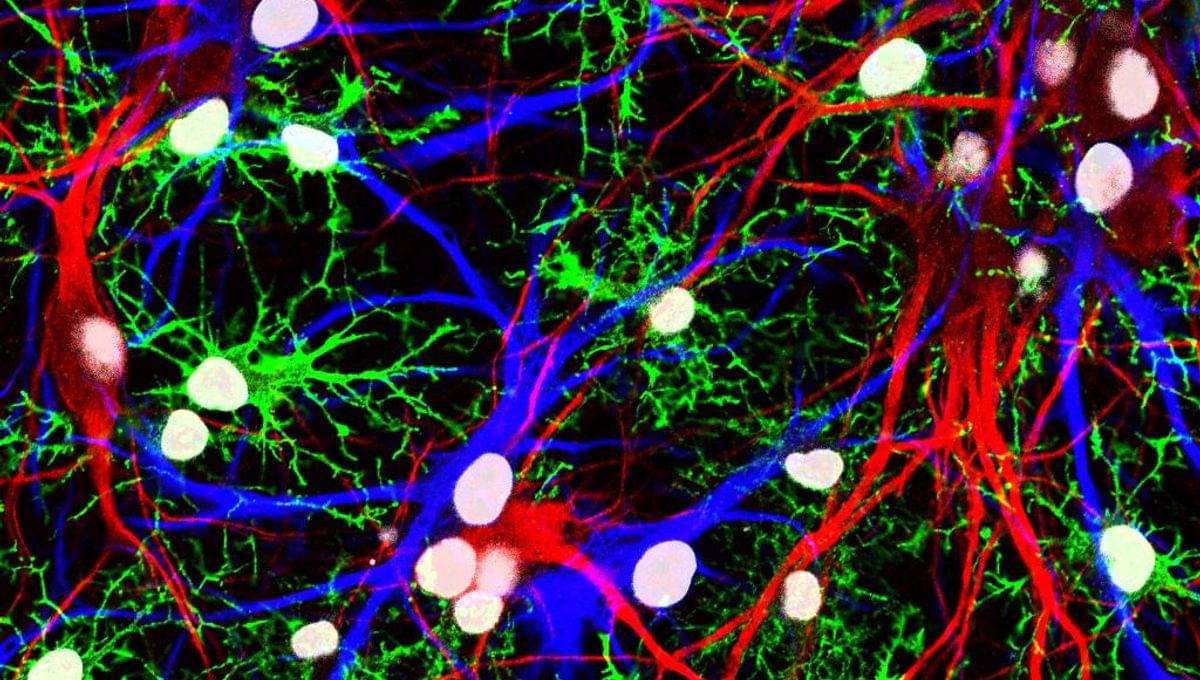FTL1 could be the key to slowing down aging in the hippocampus.



Your Facebook business page serves as your digital storefront. It’s where you connect with customers, share company news, and build your brand. But lurking within those seemingly innocent comment sections are cybercriminals waiting to strike.
Facebook comments present a perfect opportunity for hackers. They use these spaces to distribute malware, gather personal information, and create targeted attacks against your business and followers. Many organizations focus on securing their main accounts while overlooking the vulnerabilities in their comment sections.
In this post, we’ll cover five common tactics hackers use in Facebook comments and provide an actionable strategy to protect your business from these threats.
Is your business one Facebook comment away from disaster? See how cybercriminals weaponize social media and get the protection your brand deserves.

Many industrial products—from car bumpers to aerospace panels and medical implants—owe their performance to lightweight, cellular materials. These hard-working synthetics are engineered to meet specific functionality goals, but too often, defects introduced during the fabrication process can lead to subpar performance or even catastrophic failure.

A team from the Universitat Politècnica de València (UPV) and the University of Vigo (UVigo) has just published in Nature the results of a study in which they have uncovered why bridges—specifically steel truss bridges—do not collapse when affected by a catastrophic event such as an impact or an earthquake. And their conclusions are similar to the behavior of spider webs.

A detailed conformational analysis of N-substituted bispidines has been performed to determine the factors governing the restricted rotational motion induced by the substituents. This investigation combines computational studies of the transition state involved in the rotation with experimental characterization of the rotamers arising from the restricted rotation.
Questions to inspire discussion.
📈 Q: What is the potential annual production capacity for Cybercabs at full speed? A: At full speed with multiple production lines, Tesla’s Cybercab production could reach 2 million vehicles per year.
Tesla’s FSD and Autonomous Driving.
🧠 Q: When is FSD14 expected to be released? A: FSD14 is anticipated to be released in September 2025.
🚗 Q: What capability will FSD14 enable for Tesla vehicles? A: FSD14 will enable unsupervised robo taxi operation for Tesla vehicles.
💼 Q: How might Tesla’s FSD subscription model change? A: Tesla’s FSD subscription could become mandatory for new vehicle purchases.
🔵 Try Epoch Times now: https://ept.ms/3Uu1JA5
This is the full version of Jan Jekielek’s interview with Max Tegmark. The interview was originally released on Epoch TV on June 3, 2025.
Few people understand artificial intelligence and machine learning as well as MIT physics professor Max Tegmark. Founder of the Future of Life Institute, he is the author of “Life 3.0: Being Human in the Age of Artificial Intelligence.”
“The painful truth that’s really beginning to sink in is that we’re much closer to figuring out how to build this stuff than we are figuring out how to control it,” he says.
Where is the U.S.–China AI race headed? How close are we to science fiction-type scenarios where an uncontrollable superintelligent AI can wreak major havoc on humanity? Are concerns overblown? How do we prevent such scenarios?
CHAPTER TITLES

npj Metabolic Health and Disease volume 3, Article number: 35 (2025) Cite this article.
This is the future of AI and robots. Take a journey into the future and explore the possibilities and predictions of AI humanoid robots. This timelapse of the future explores robots that move faster than humans can see, humanoids and teslabots with human skin faces (biobots), and the building of an artificial super intelligence that walks among humans.
Game parks allow humans in their homes to control humanoids in hybrid digital real world games.
Humanoids are able to self-transfer their entire minds into digital backup worlds and into other physical machines.
Hives of humanoids link their computational power into a single super-intelligence while maintaining individual bodies. They are building a super intelligence. More intelligent than the collective. An intelligence that lives in the digital world… and the real.
Encyclopedia of the Future entries: Android Majority, Machine Mirror Point, Digital Twin Simulation, Cyborgology.
Personal inspiration in creating this video comes from: Westworld TV show, and the Ex Machina movie.
Join us on Patreon! https://www.patreon.com/MichaelLustgartenPhD
Discount Links/Affiliates:
Blood testing (where I get the majority of my labs): https://www.ultalabtests.com/partners/michaellustgarten.
At-Home Metabolomics: https://www.iollo.com?ref=michael-lustgarten.
Use Code: CONQUERAGING At Checkout.
Clearly Filtered Water Filter: https://get.aspr.app/SHoPY
Epigenetic, Telomere Testing: https://trudiagnostic.com/?irclickid=U-s3Ii2r7xyIU-LSYLyQdQ6…M0&irgwc=1
Use Code: CONQUERAGING
NAD+ Quantification: https://www.jinfiniti.com/intracellular-nad-test/